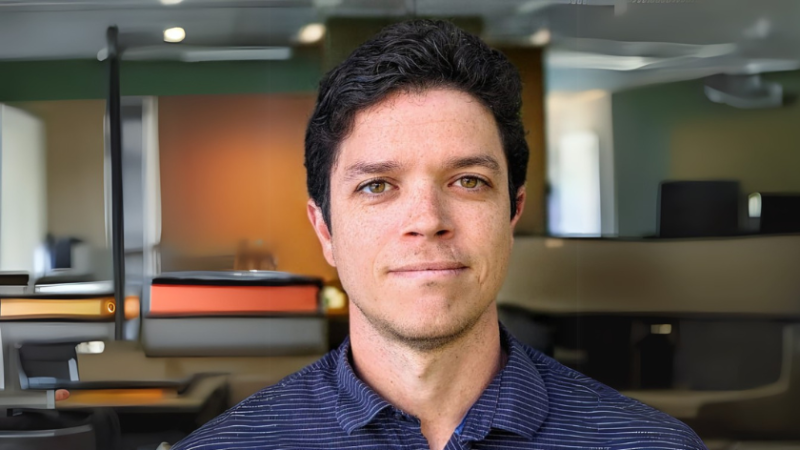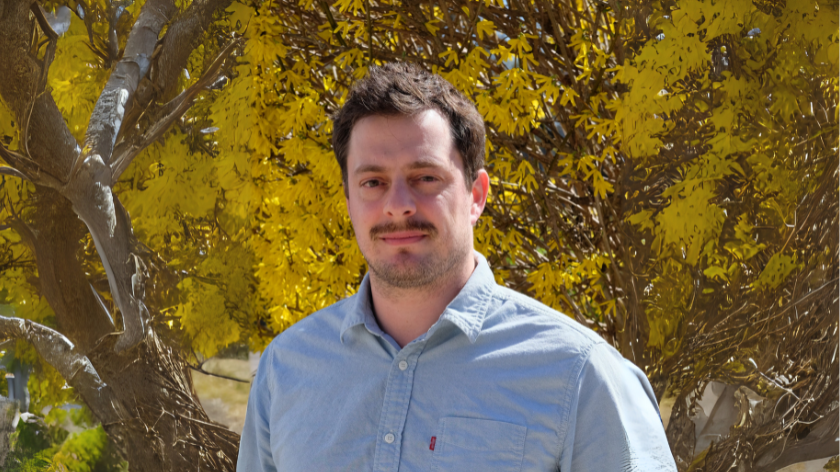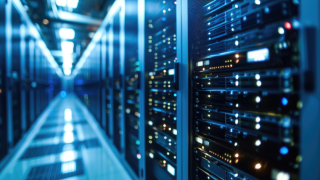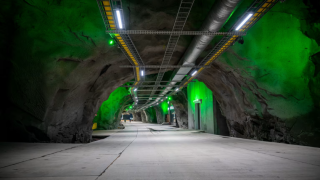It’s a commonly recognised statistic that submarine cables carry 99% of intercontinental data traffic. This huge proportion of traffic, supported by over 530 in-service systems worldwide today and counting, serves to emphasise just how important this infrastructure is to our daily lives.
At the same time, such heavy reliance on these resources can mean problems when they become unavailable for any reason. This has come under the spotlight over the past year as a number of high-profile cable cuts have happened around the world, including in the Red Sea, Baltic Sea and waters around Taiwan.
Subscribe today for free
Indeed, some sources estimate there are 150 to 200 subsea cable faults annually. Though most are caused by accidents such as unintentional anchor damage, natural hazards and general wear and tear, international tensions are also suspected as a rising source of cuts.
Whatever the root causes, cable outages can be hugely disruptive and reputationally damaging, while also costing a large amount of money. “A single cut in Indonesian waters might cost an operator in the order of $10 million,” says Ariel Salinas, chief operating officer at newly launched subsea cable protection company Lumetec. “There may also be an extended downtime of several months due to maritime laws, a lack of repair vessels and all sorts of restrictions in place that lengthen the duration and painfulness of outages.”
Source of the problem
One major problem in the past has been identifying the source of these cuts and stopping them, due to limitations with technology, says Zack Spica, CEO of Lumetec. A technology called automatic identification system (AIS) can be used to track ships and observe if they pass near cables, but actually pinpointing whether they are responsible for cuts is often educated guesswork, he says.
“In the early stage of construction of cables, fibre owners have been planning what they can do to reduce future faults, then just waiting and praying that the fibre is OK over the 15 or 20 years of its lifetime,” he says.
But big changes are afoot. These are being driven by the rise of fibre-optic sensing, which employs highly sensitive technology that can be installed at the end of a cable to detect environmental changes and acoustic vibrations. This can be used, for example, to sense the presence of a nearby boat or an anchor being dragged along the seabed. In recent years, the technology has increasingly been recognised as having potential to help protect critical infrastructure like subsea cables.
Enter Lumetec
This is where Lumetec comes in. Having been co-founded by Spica and Salinas, along with CTO Jorge Castellanos and CFO Nick Jaros, the venture-capital-backed Silicon Valley startup launched in mid-January. The four co-founders come with a huge amount of varied experience between them, with backgrounds in fibre-optic sensing at leading universities, and work on key sensing and subsea projects at the likes of Google.
This has helped them develop a real-time early-warning system that they label the “world’s largest sensing network”. They explain that their platform is a flexible, evolving system that combines multimodal fibre-optic sensing technologies with other data sources and the likes of AIS, as well as machine-learning and AI, to try and form as complete a picture as possible on threats and offer in-depth insights.
“It’s like alchemy between all these different data sources,” says Spica. “We can tell subsea cable owners and operators what’s happening in real time along their fibres, resulting in a proactive, customised defence system for their assets.”
He says the system will enable certain threats to be flagged up before they happen by identifying signals consistent with particular types of activity like the presence of a vessel or an anchor being dragged along the seabed. Lumetec then has a playbook for alerting operations centres, which can notify the likes of cable owners and authorities to help them intervene before disaster strikes.
This reaction will vary for different situations and areas of the world, depending on the particular maritime environment and restrictions. It will also develop over time as the company gains new learnings, with Lumetec keen to engage with customers, other stakeholders and authorities to understand what their needs are and how they can jointly customise intervention plans.
Fingerprinting

When incidents do happen, meanwhile, the company can build up information and data to assist stakeholders and authorities in deterring consistent bad actors that appear to be associated with outages. “If it’s not possible to prevent an event, we can still provide real insight on what the causes of an outage are,” says Spica. “With our technology, we can also literally fingerprint some of these vessels by detecting a signature that will only come from that boat. We can then build a stronger database of these actors.”
Yet not only can this technology aid interventions, but it can also monitor ongoing cable health. It can help identify where, for example, subsea cables have become exposed due to seabed erosion or ocean currents, or monitor terrestrial movement or sections of cable vulnerable to breakages. This can alert cable owners to fix issues before they become a real problem.
“We have three main pillars of our product, which are real-time intervention, long-term deterrence and proactive maintenance,” explains Spica. “For the latter, we can provide constant, real-time, long-term information about the state of the fibre itself – which might, for instance, become unburied, move tens or hundreds of metres, or have high points of abrasion or tension. We can provide regular reports on the fibre and aid planning for targeted maintenance.”
At the moment, he says, one limitation is that sensing is only possible across part of a cable, but Lumetec hopes to later enable this over the entire length of a fibre – creating a real differentiator in the space.
Ocean of data
On the AI side, Salinas says the company has developed highly granular data sets through historical statistics on cable outages and other information that it has amassed and generated, creating a robust resource for feeding the company’s machine-learning models and informing its risk metrics.
“Our co-founder, Jorge, is an expert in interpreting fibre-optic sensing data,” says Salinas. “We’ve done a lot of fusion and analysis of sources. We’re constantly training and retraining our models, and bringing in new sources, which means we’re building a product that’s much greater than the sum of its individual parts.”
Salinas says that Lumetec is collaborating with early adopters and trailblazers in the field, driving innovation and adoption of fibre-sensing technology. At the same time, he notes that the market is increasingly recognising the critical role this technology plays in safeguarding significant investments.
“I think the message is resonating very clearly in the industry that something needs to be done here, and there’s a lot of willingness from cable owners to get proactive rather than being reactive,” he says.
Sea change
He highlights that Lumetec is a global business and is therefore interested in boosting cable protection for potential partners worldwide, but is also concentrating on specific hotspots known to have a high number of cable outages.
Salinas says that if the technology being offered by the company leads to cable cuts being avoided, then it will have a significant beneficial impact for infrastructure owners. This is not just in terms of preventing financial losses, but also avoiding potential service-level-agreement penalties and loss of trust with customers.
“For the first time, we have the proactive ability to go and properly understand these accidental and non-accidental, human-made causes to cable outages,” says Salinas. “This is a transformational capability because when we stop fibre cuts from happening, we can save partners millions in opex. If we can stop tens of them, we’re therefore creating a lot of value for the world at large.”
RELATED STORIES
Latvia probes latest Baltic subsea cable cut as naval forces investigate ship
Challenges and opportunities in diversified subsea cable routes
Fragile lifelines: The rising threats and resilience of submarine cable networks
New ITU-backed body launches to bolster global subsea cable resilience





